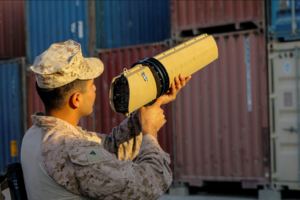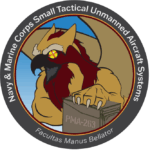
The Army has released a contract opportunity for high energy lasers (HELs) with a power and thermal subsystem and sensor package for Counter-small Unmanned Aircraft System (C-sUAS) capabilities to increase lethality while decreasing risks of collateral damage. The opportunity is being fielded through the Army Rapid Capabilities and Critical Technologies Office (RCCTO). The RCCTO Directed Energy Project Office conducted an analysis on how HELs could be used to enhance C-sUAS systems which resulted in a request for industry whitepapers on…










